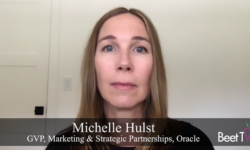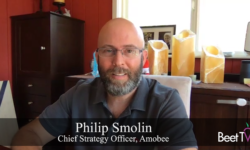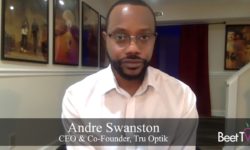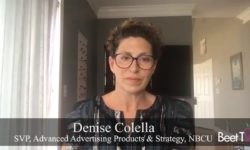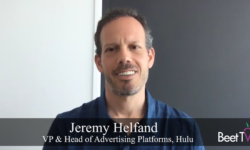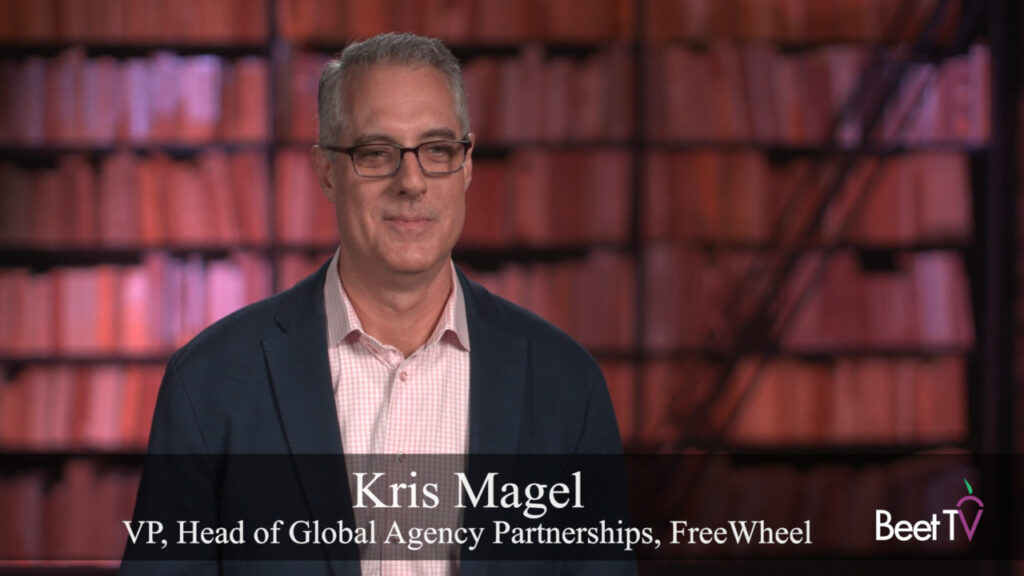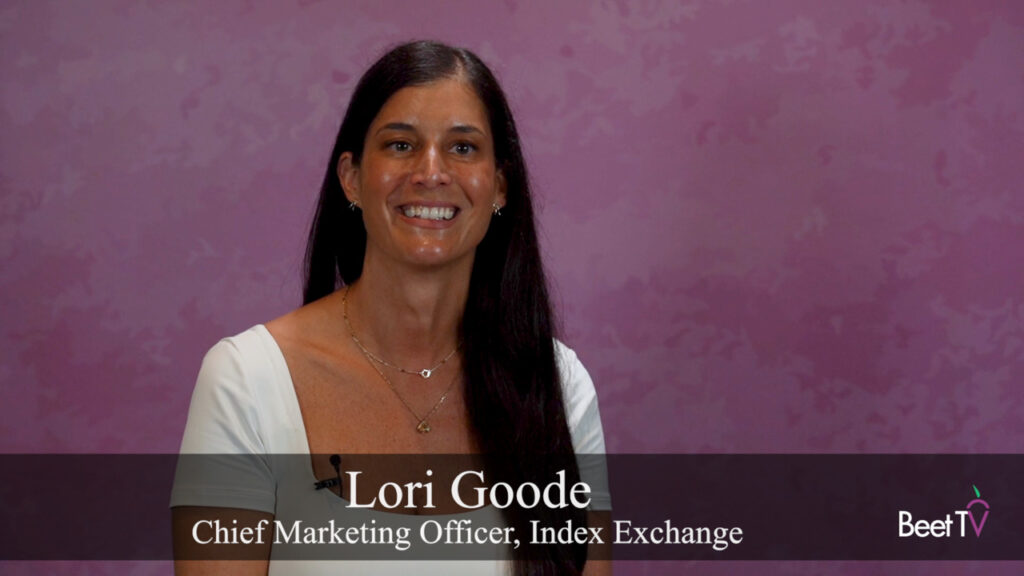It was already a fast-changing media ecology, now the COVID-19 pandemic is forcing businesses to adapt to new circumstances even quicker.
In Q2 2020, that seems to be the emerging wisdom from a wave of executives.
In this video interview with Beet.TV, the boss of a company fresh out of acquiring a big ad-tech player says the media industry needs to think on its feet.
“I think the marketplace has to be more flexible,” says Nick Troiano, CEO of Cadent, the company helping customers use software to buy and sell TV ads.
“Whether that’s a changing upfront dynamics to allow for rolling upfronts or flexibility in terms of purchasing and the ability to react quickly to purchasing behaviour or consumer behaviour in terms of your media strategy.”
Data relevance
The upfront ad sales season is the time of year when programmers traditionally tout their upcoming content slates to secure upfront ad buy commitments.
But securing advance bookings from brands in this environment could be more difficult than before, whilst many TV broadcasters are significantly discounting their ad rates in a bid to stop haemorrhaging under-pressure advertisers.
That could push a change in the historic relationship – from upfront to agile. Troiano says flexibility needs to be shown.
Change is always constant, but nothing has ever prepared the industry for this level of change,” he says.
“A lot of our partners’ businesses are driven around using data to optimise for future performance and future expected outcomes. Unfortunately, a lot of the data that we use, historical data, has kind of been thrown out the window when you see massive changes in the marketplace.”
TV has evolved into a multifaceted tool that can be used to connect with consumers throughout their journey to purchase. https://t.co/ASTWDpNt88
— Cadent (@CadentTV) April 11, 2020
Audience graph
In January, Cadent acquired 4INFO, a software provider with a platform including “audience graph” technology that links together multiple TV-viewing devices into a profile for a single household.
The pair had already been partners, and 4INFO was integrated into Cadent’s buy-side TV planning and activation platform. Cadent uses data partners like TransUnion on the process.
Speaking with Beet.TV, Troiano says the acquisition has given Cadent two things:
- “It strengthened our presence in cross channel advertising, especially around OTT and connected TV.”
- “It strengthened our use of data and first party data and the ability to build a graph to map those audiences across that fragmented supply.”
“Audiences are fragmenting even more so than they ever have,” he adds. “So the inclusion of a proprietary graph to map video viewing to households, coupled with our ability to reach OTT and connected TV platforms to those hard-to-reach audiences, has really been a significant success and boon for Cadent as we try to provide valuable solutions for advertisers.”
Changing behaviors
An updated eMarketer forecast shows how it now expects US consumers’ daily media time is evolving.
In aggregate, digital media time will be up significantly this year, but TV is also a big winner, whilst radio and print time will continue to diminish.
In some ways, the pandemic is merely accelerating slightly some audience trends that were already occurring.
One of them is consumers’ flight from traditional pay-TV packages. In earnings reported last week, companies revealed large-scale loss of subscribers, Videomind writes.
Comcast has warned of a significant revenue downturn for Q2, having lost 388,000 residential video subscribers in the first quarter.
AT&T reported 897,000 premium TV subscribers had churned, along with 138,000 over-the-top subscribers. And Verizon last week reported it lost 84,000 video subscribers.
At Cadent, we know it's important to strike a balance as we adapt to the new normal. As a team, we're sharing tips on how to #WFH with kiddos, like how to keep them engaged with virtual learning and finding fun craft activities to pass the time. #thenewnormal #remotelife pic.twitter.com/qCyehVmzQO
— Cadent (@CadentTV) April 23, 2020
This video is part of a series titled Navigating Accelerated Change, presented by Transunion. For more videos, please visit this page.







